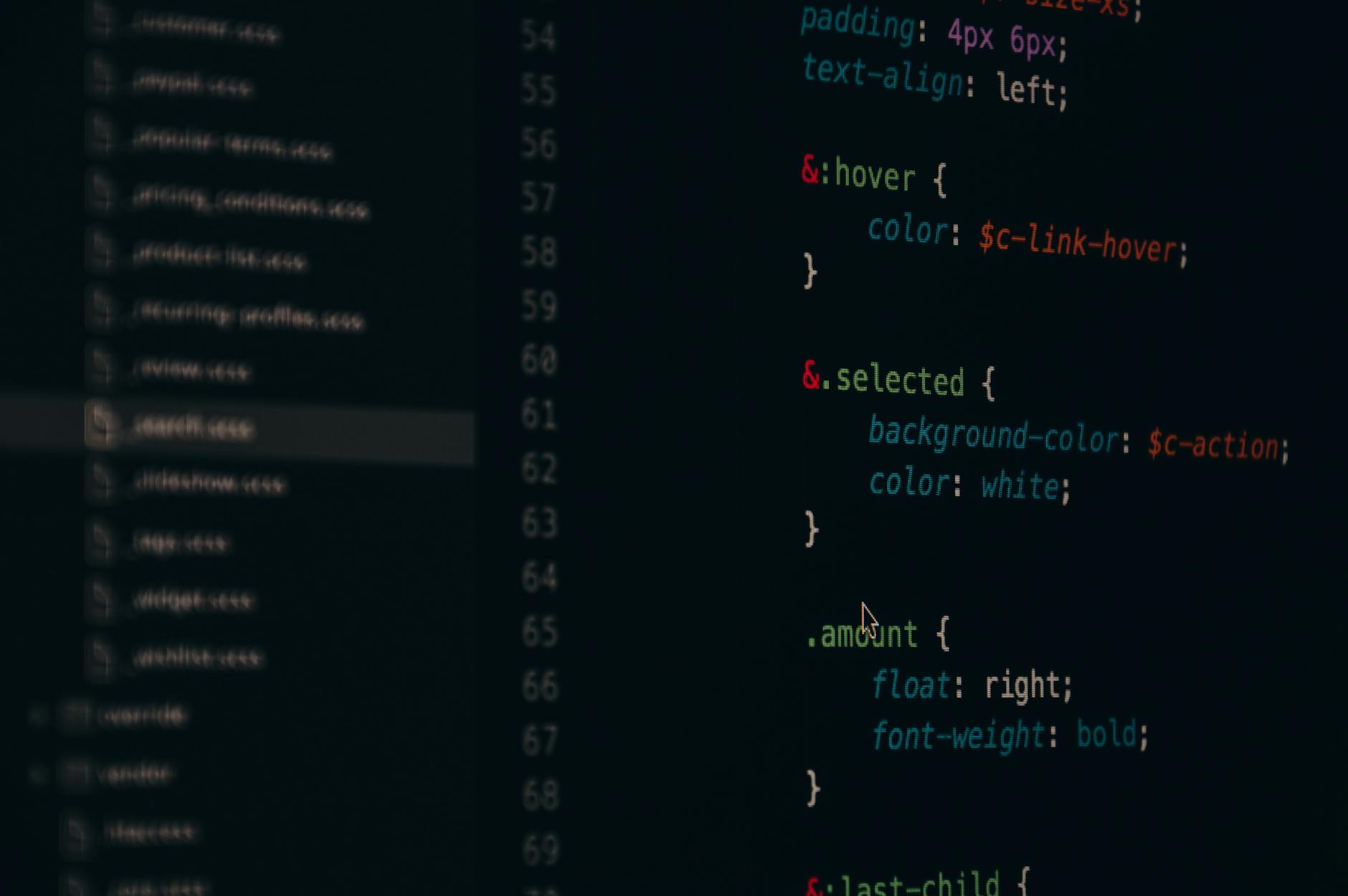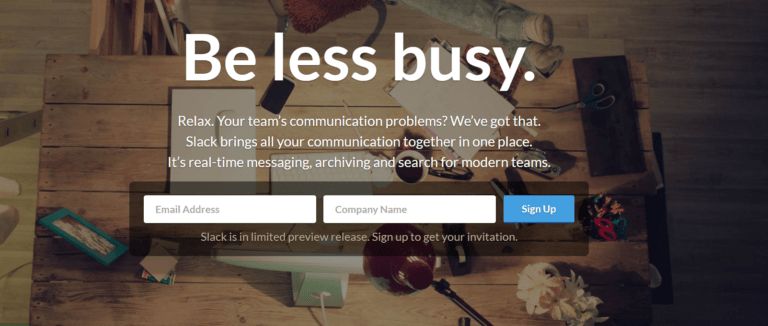Public relations helps maintain a strong relationship and mutual understanding between an organisation and its audience by tracking and assessing public sentiment. It also works to improve communication channels and find new ways to encourage two-way exchanges of information and experience. As with nearly every other field, AI is making its mark on public relations, too.
AI is already part of our everyday routines, whether it is asking Alexa to turn on the TV, checking traffic with Siri, letting Google finish our search queries, or getting custom recommendations on Netflix. It is quietly reshaping daily life, even if many people haven’t fully noticed.
The real question isn’t whether AI is coming. It is how far it will go.
And the numbers speak for themselves. The global machine learning market is on track to hit $113.10 billion by 2025. It is expected to grow even further to $503.40 billion by 2030, with an annual growth rate of 34.8%.
What Is Machine Learning in PR?
For most of human history, learning was seen as something only humans could do, the ability to adapt based on new information or experience. That changed in recent decades. Today, machine learning is no longer just a buzzword. If you’ve ever used face recognition to unlock your phone or interacted with a virtual assistant, you’ve already experienced it firsthand.
So, what exactly is machine learning? Machine learning is the ability of a machine to learn how to perform a task or get better at it over time without being explicitly programmed. In the early days of computing, machines relied on strict rules and exact instructions. They couldn’t adapt or handle exceptions. But with advancements in AI, machines can now recognize patterns, learn from data, and improve performance on their own. They couldn’t handle exceptions or adjust on their own. But with advances in artificial intelligence, computer scientists developed ways for machines to learn from data. By applying concepts from math and statistics, machines can now recognise patterns, handle errors, and adapt without needing rules for every single situation.
This shift is important for public relations. Machine learning opens the door to smarter tools that analyse data, predict trends, and help teams make better decisions faster.
1. How Machine Learning Impacts Public Relations
Personalized Outreach
In the past, PR professionals often relied on broad, one-size-fits-all tactics to reach large audiences, which usually led to watered-down messaging. AI has changed that. With predictive analytics now at the core of many PR strategies, teams can better understand audience behaviour and preferences. This allows for the creation of highly tailored content. Algorithms can even customise pitches for individual journalists, making outreach more relevant and increasing the chances of media pickup.
Smarter Media Monitoring
Gone are the days of manually scanning newspapers and websites for brand mentions. AI-powered tools can instantly sift through massive amounts of content, flagging every mention of your brand or your competitors. These systems go a step further by analysing sentiment, identifying whether the mention is positive, negative, or neutral. This not only saves time but also ensures PR teams stay on top of conversations as they happen.
2. Automating Media Monitoring and Sentiment Analysis
One of the best ways for PR and communications teams to stay relevant, maintain a positive image, and respond quickly to issues is by using brand monitoring to track their reputation across multiple platforms. This is done by conducting a thorough brand analysis wherever the brand is mentioned.
Artificial intelligence plays a key role in monitoring social media platforms and customer review forums.
Businesses can effectively track mentions on social media using AI. When a customer complains about a service, AI algorithms help identify these comments. The same tools also detect positive feedback, allowing the company to share good reviews and boost its online image. Every online mention is analysed and classified as either positive or negative. Negative comments are addressed promptly to protect the company’s reputation.
Personalised customer service also plays a crucial role in managing online reputation. To deliver a tailored experience, companies must understand their customers’ needs. By collecting data from social media interactions and purchase history, businesses gain insight into individual preferences. According to a GoMoxie survey shared with Retail Dive, 40 per cent of consumers struggle with simple tasks on retail websites. The survey also found that more than half of those consumers abandon their carts after encountering difficulties. Customers may feel disappointed after a purchase if the product does not meet their expectations.
To provide a truly personalized experience, companies must use artificial intelligence to better understand customer preferences. Machine learning helps marketers deliver highly customised experiences, enabling businesses to better reach and engage their audience for improved results.
3. Enhancing PR Campaign Targeting and Personalisation
Machine Learning can also be used to track how well competitors’ advertising campaigns are performing. This is significant because social media marketers can determine where and how they are attracting clients. In essence, being able to track newly launched campaigns and evaluate their effectiveness provides information about what competitors are doing well.
Through monitoring the performance of competitors’ campaigns, PR experts are allowed to know the expectations of their customers. For instance, they can check out the number of likes, shares and reading the comments tells them what these customers like most. Such efforts help them in crafting counter adverts that will reach and attract more engagement than their competitors.
With an AI-powered campaign analytics tool, PR experts can see what kinds of campaigns their competitors run that generate more interaction. They can then target the same audience with more effective campaigns thanks to this insight. A sophisticated technology will help them understand the kind of audience that their competitors target to increase interaction. They are also able to examine the underperforming campaigns of their competitors. Consequently, using these insights, they know which advertisements are most appropriate and which ones they should avoid.
4. Crisis Management and Predictive Analytics
Predicting when a PR crisis will develop has always been a challenge for public relations teams and organisations. Figuring out the right way to handle the situation and minimise damage can be just as difficult.
In the past, companies often responded to potential PR crises only after they had escalated enough to grab their attention. At that point, they usually had just a few hours to decide on the best course of action, relying mostly on experience and intuition. By then, it was often too late to undo the damage to their reputation.
Today, machine learning helps identify potential or emerging crises in real time. It can also predict which situations are likely to spiral into major problems if not addressed early. Some models even estimate how many days it will take for public and media sentiment to return to neutral.
These systems display various metrics and projections based on different response strategies. For example, they can compare the likely outcomes of a cautious “Rebuild” approach versus a more assertive “Deny” strategy.
The AI system uses several machine learning models to provide real-time insights by analysing large sets of historical data. It looks for similar past crises, then uses that information to generate actionable recommendations for handling the current situation.
Final Thought
The real question is: how can we better prepare ourselves for the future of public relations? PR professionals need to stay ahead of the news cycle, lean into new trends, and understand their audiences without bias.
Creative thinking is no longer optional. If you’re developing a strategy or campaign, you need to see the full picture, where the client has been, where they are, and where they’re going. What will set you apart from the rise of AI is your ability to think boldly and bring fresh, powerful ideas to the table.
Most importantly, stay informed. Read expert insights, engage in industry conversations, and pay close attention to both local and global developments. The more proactive you are about learning and using AI tools, the more competitive and effective you’ll be.
Looking to stay ahead of the curve?If you run a digital PR agency or own a brand and want to start leveraging AI in your marketing, Detutu Media can help. Whether you’re looking for a white-label partner or need hands-on support for your business, we’ll work with you to deliver results without compromising quality. Get in touch to see how we can support your growth.




